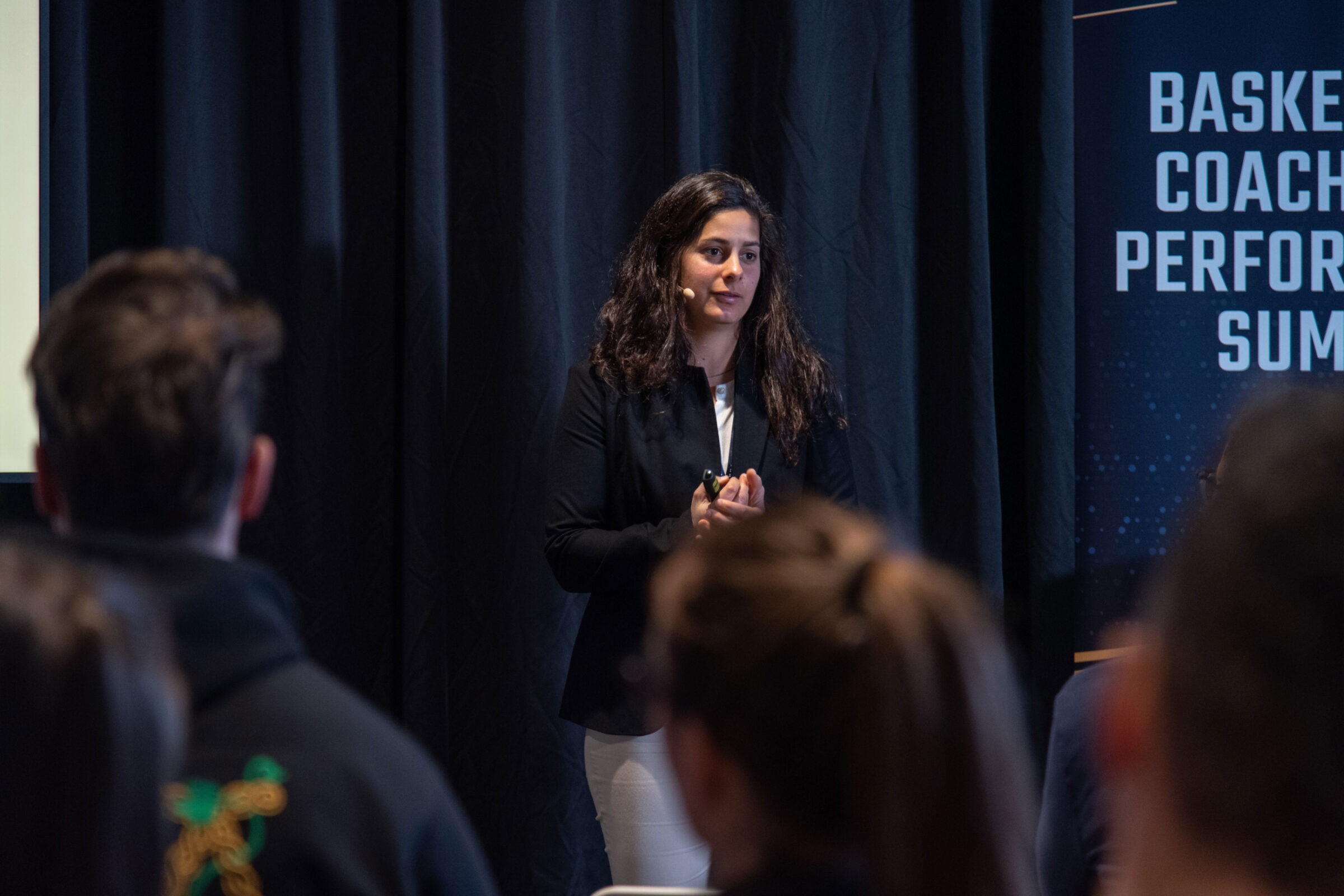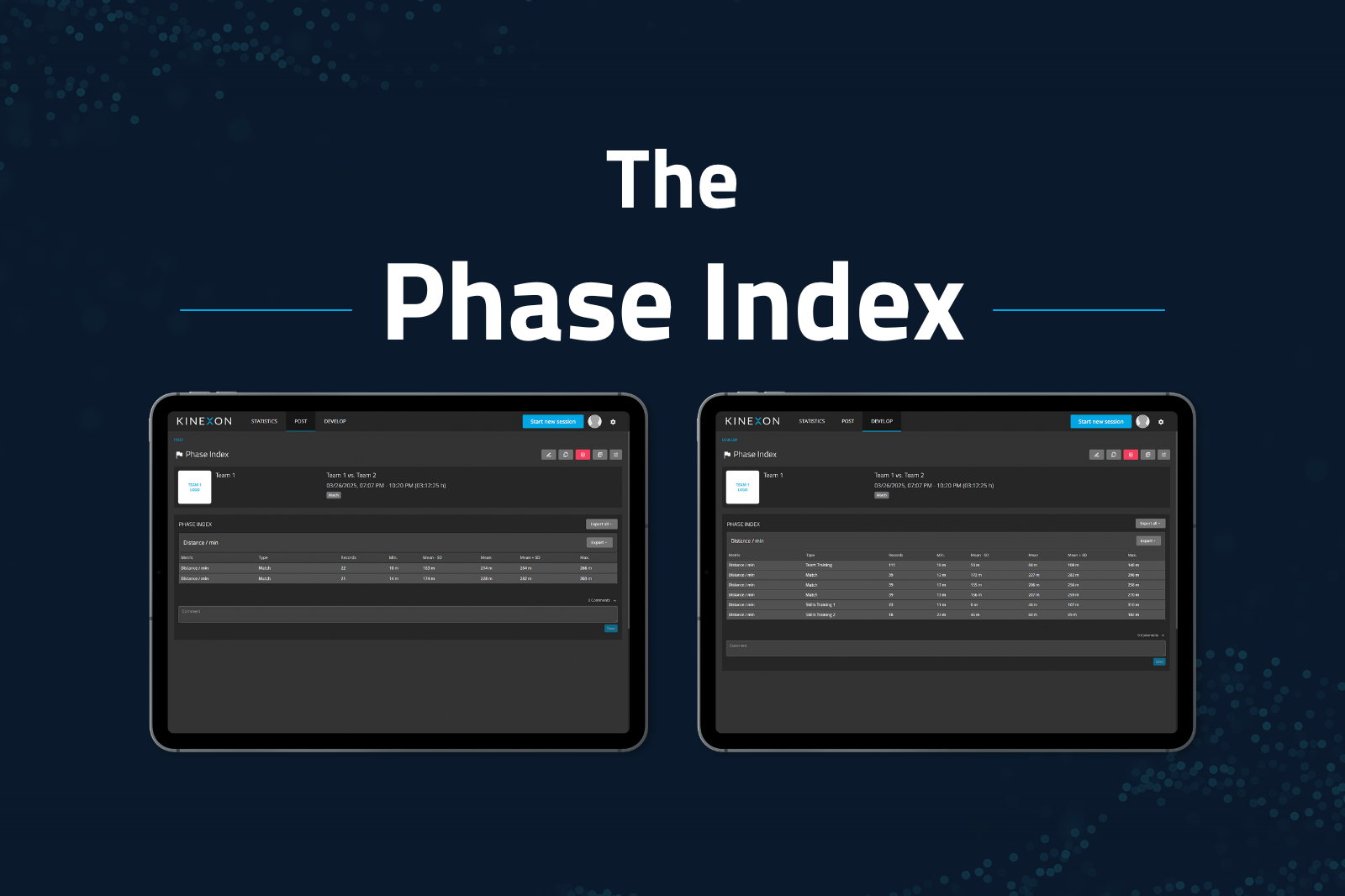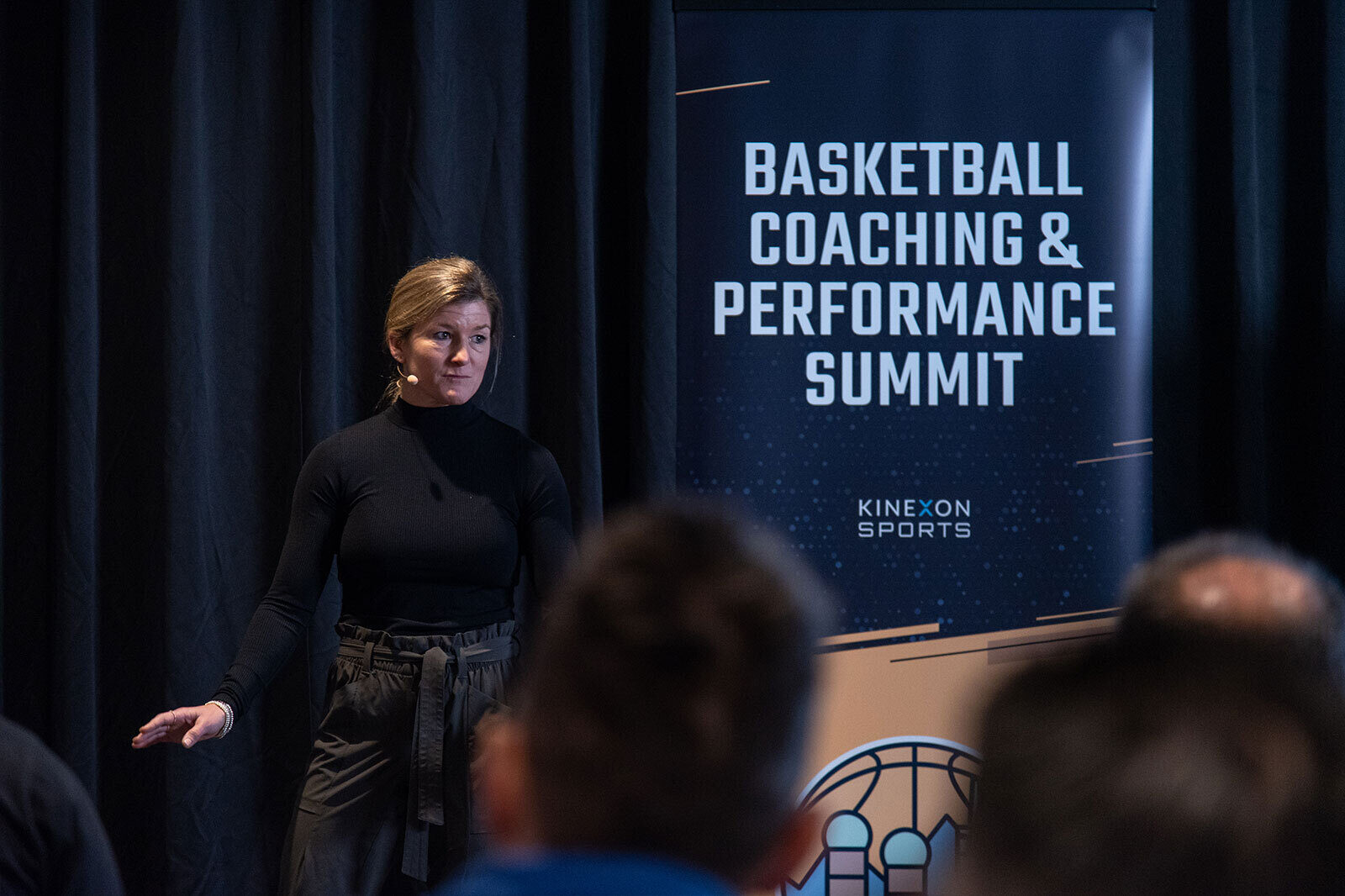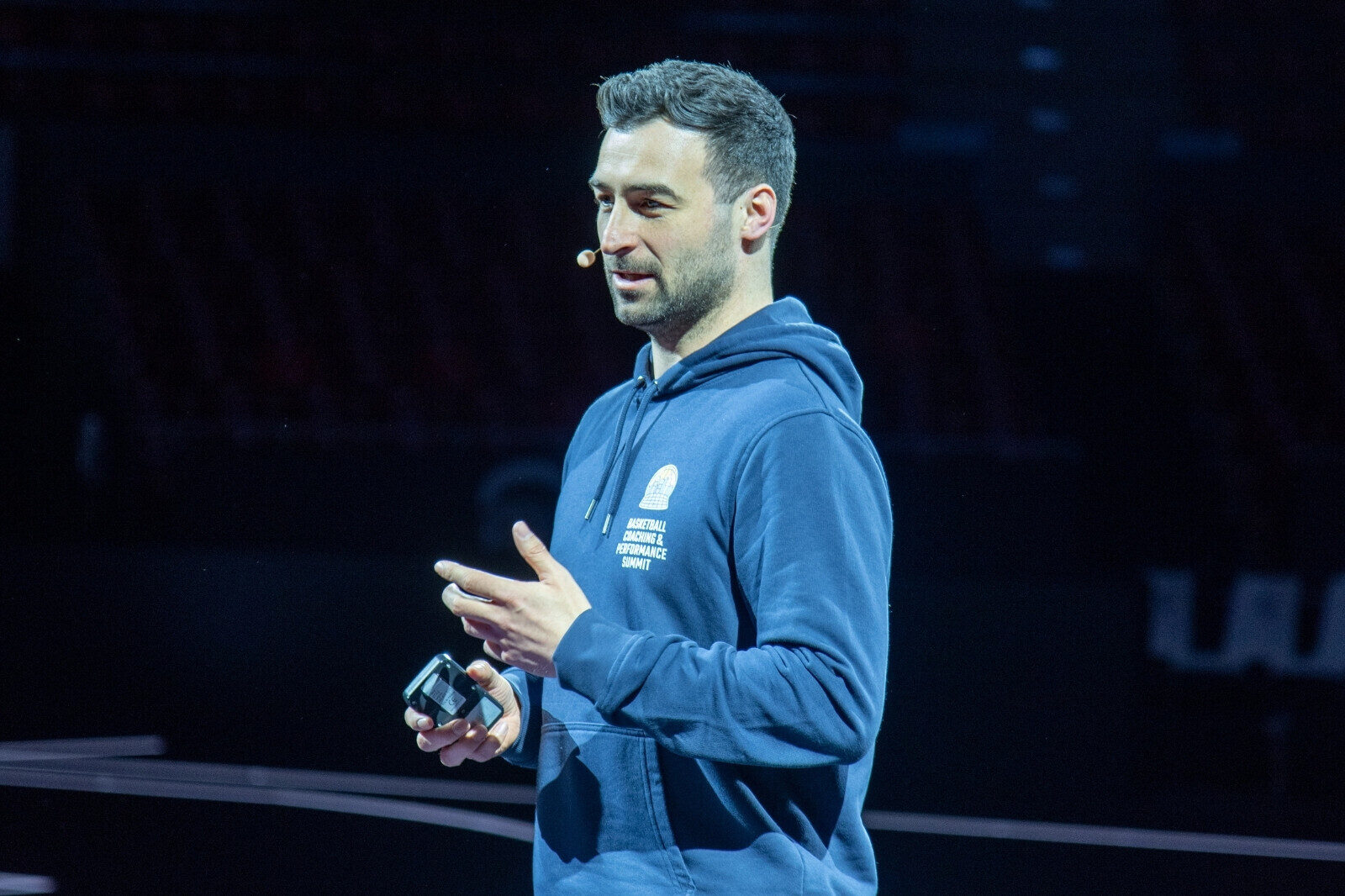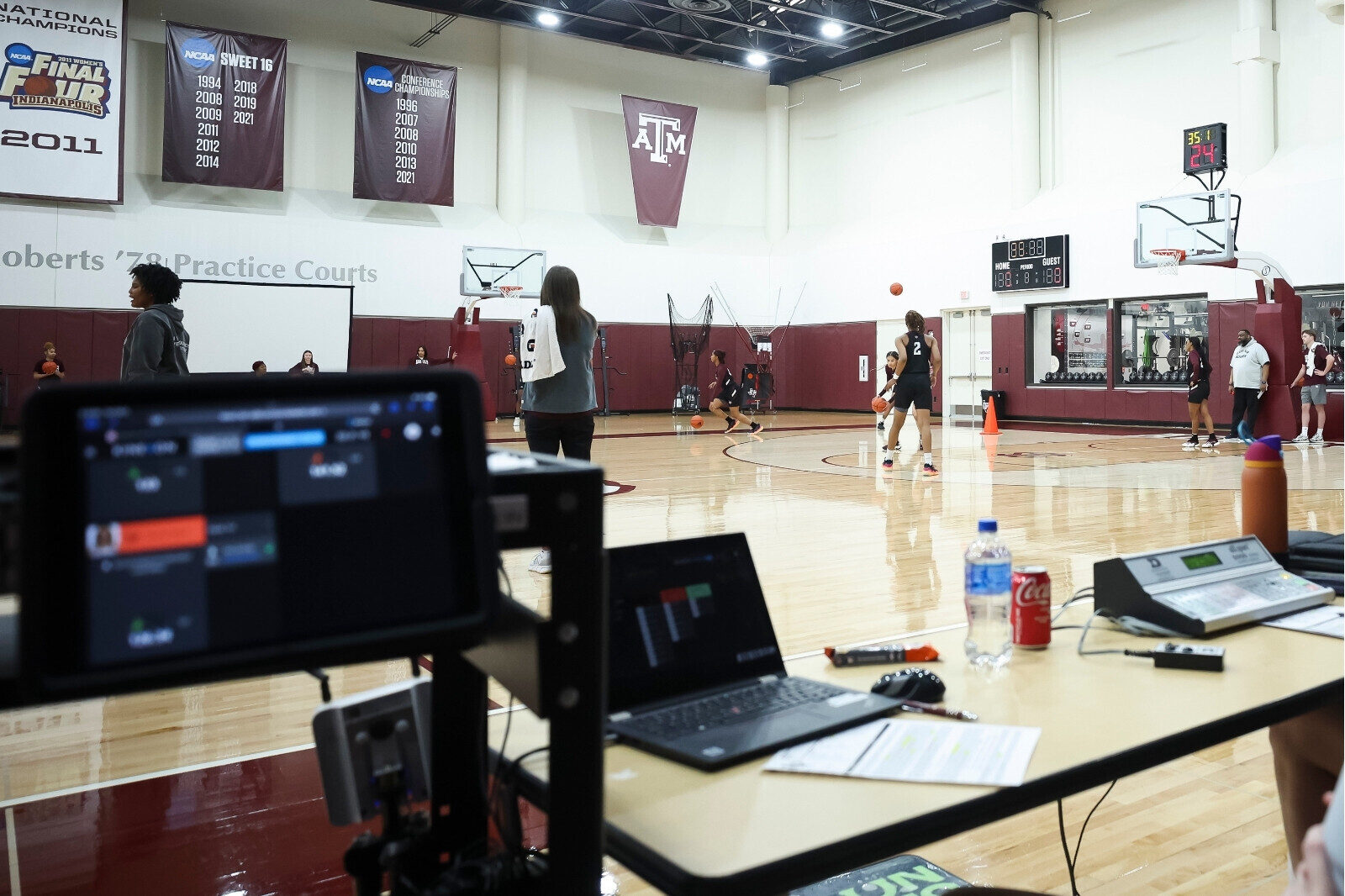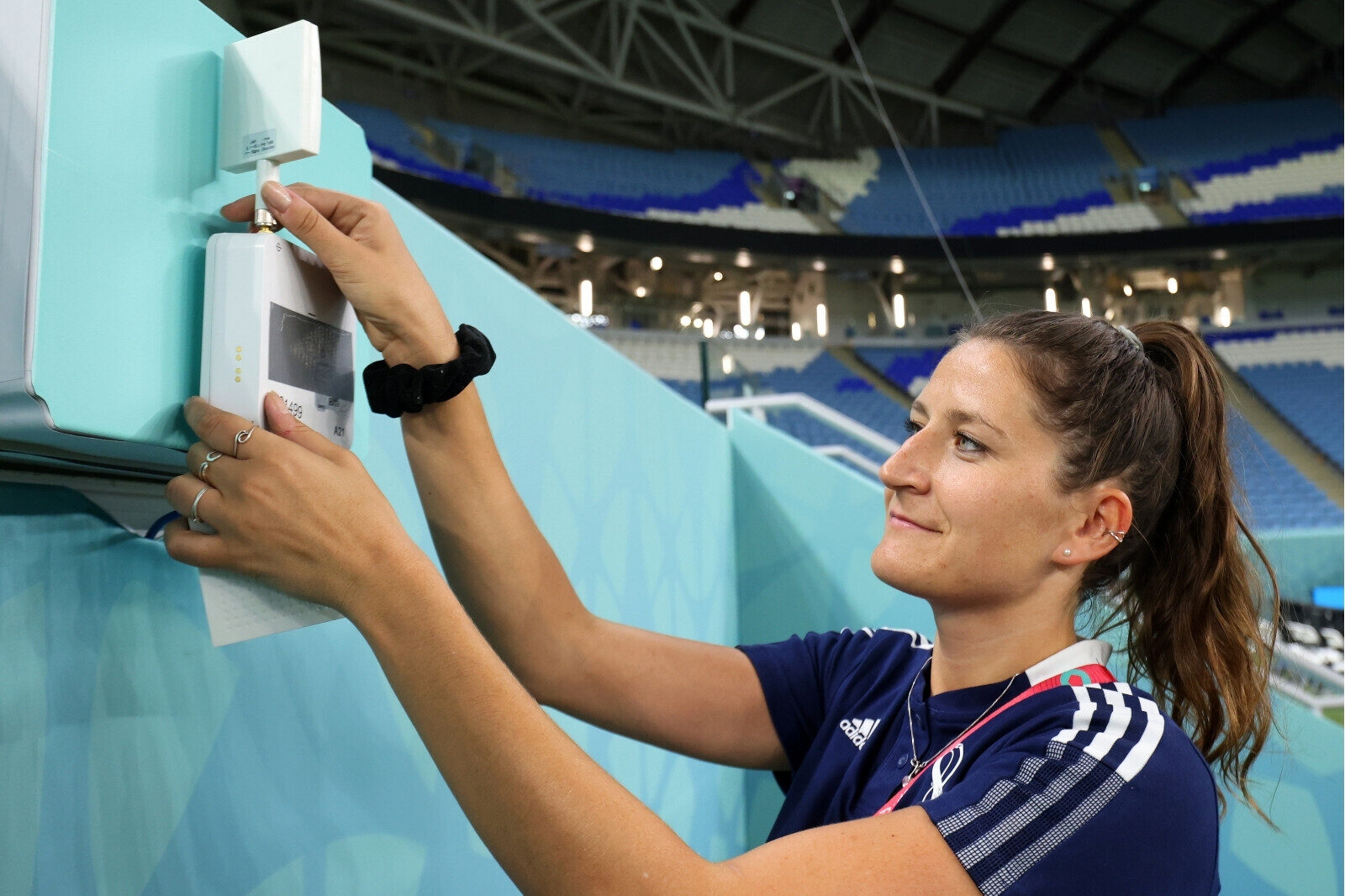Optimizing Performance and Reducing Injuries in Professional Basketball
The landscape of professional basketball is evolving rapidly, with teams placing a greater emphasis on performance optimization and injury prevention. In a highly competitive environment like the EuroLeague, where the ultimate goal is to win games and championships, maintaining peak player performance while minimizing injuries is a fundamental challenge.

This article is based on insights shared by Kostas Chatzichristos, Head of Performance | MEd, CSCS at Fenerbahçe Basketball, during his talk at the 1st KINEXON Sports Basketball & Performance Summit at BMW Park in Munich.
The Balance Between Winning and Player Health
At the core of any elite basketball team’s mission is winning games. However, success is deeply intertwined with keeping players healthy and ensuring they can perform at their highest level throughout the grueling season. In high-intensity competitions such as the EuroLeague, injuries are frequent and can significantly impact a team’s ability to succeed. Understanding the correlation between player workload, the effect of total work on the organism, injury rates, and game outcomes is a crucial focus for performance teams.
Building a Holistic Performance Ecosystem
Gone are the days when a club’s performance staff consisted of just a strength coach and a physiotherapist. Today, top teams have expanded their performance ecosystems to include doctors, physiotherapists, nutritionists, strength coaches, data scientists, and technology-driven analysts. This shift stems from the realization that optimizing player health and performance requires a multidisciplinary approach that leverages data, technology, exercise science, experience and strategic planning.
The Role of Technology and Data in Performance Management
Modern basketball teams use advanced tools such as motion tracking, force plates, wearable IMUs (inertial measurement units), and biometric monitoring to gather data on player movement, workload, and physiological responses. However, the challenge lies not just in collecting data but in interpreting and applying it effectively.
Performance directors must synthesize vast amounts of information from various sources — medical reports, player feedback, training data, and game statistics — to make informed decisions. For example, a player’s soreness and pain level, reported via a simple daily questionnaire, or just the answer to the question “how do you feel today?” can be just as valuable as complex biomechanical data in determining their readiness to train or compete.
Managing Player Workload for Long-Term Success
One of the key challenges in professional basketball is balancing intense competition schedules with appropriate recovery. A typical EuroLeague season involves over 85 games, more than 100 practices, and extensive travel, creating a high-stress environment for players. Coaches and performance staff must carefully manage training loads to avoid overtraining while ensuring players remain conditioned for peak performance.
Key strategies for workload management include:
- Monitoring training intensity: Using data-driven approaches to adjust practice intensity based on player fatigue levels and past performance.
- Make-up workouts: Ensuring that bench players and those with limited game minutes engage in supplemental training to maintain fitness.
- Personalized recovery protocols: Tailoring recovery strategies, such as targeted strength training, physiotherapy, and active recovery sessions, to individual players’ needs.
The Art of Communication in Performance Management

A critical but often overlooked aspect of performance management is effective communication. Strength coaches, physiotherapists, and performance directors act as intermediaries between players, coaches, and management. The ability to distill complex data into concise, actionable insights is essential.
For instance, while a performance director may analyze extensive reports on player workloads, a head coach often needs only a quick update: “Player A can practice, Player B needs modified training, Player C should rest.” Finding the right communication style — whether through dashboards, direct conversations, or simple visualizations — can enhance collaboration and decision-making.
Looking Ahead: The Future of Performance Optimization
As basketball continues to evolve, performance teams will increasingly rely on machine learning, predictive modeling, and integrated data systems to refine player management strategies. Emerging research aims to translate external load data into real-time physiological impacts, providing deeper insights into injury prevention and performance sustainability.
Ultimately, the goal remains the same: to strike the right balance between pushing athletes to their peak while safeguarding their long-term health. By leveraging technology, fostering interdisciplinary collaboration, and refining communication strategies, basketball teams can continue to elevate their performance while mitigating injury risks.
Watch the full presentation and talk by Kostas Chatzichristos here.

